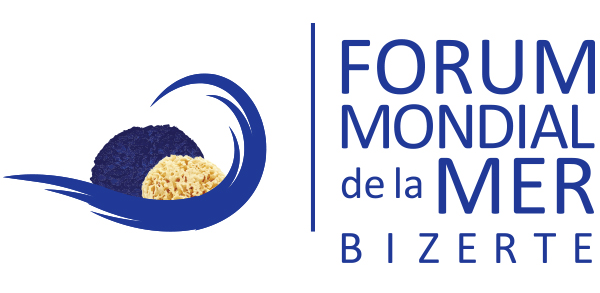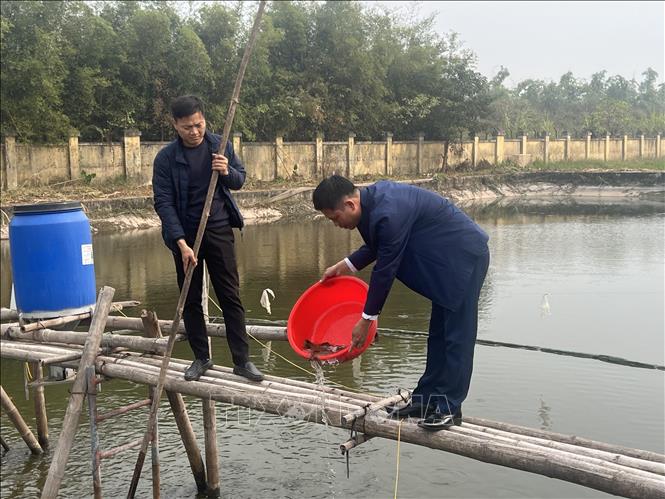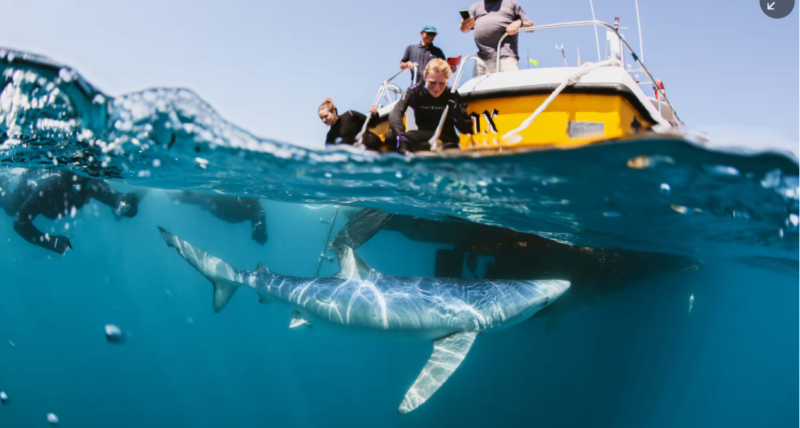By applying the technical process of using microbial products in the seed production and commercial farming of mud loaches, many aquaculture households in Nam Dinh have increased their production and the quality of their products, thereby becoming wealthier. This is a solution to help the aquaculture industry in general to develop quickly and sustainably.
Thanks to the advantages of a short breeding cycle, high stocking density, and market demand in recent years, many aquaculture households in Nam Dinh have adopted the mud loach as their main farming species. Throughout the province, hundreds of households are raising fish, providing around 300 to 500 tons of commercial fish to the market each year. However, the quality of broodstock is not guaranteed, and environmental hygiene factors are not optimal, making this subject susceptible to diseases during the breeding process, resulting in low yields and poor quality.
After studying and evaluating production practices in the seed production, nursery, and commercial farming facilities in 6 districts (Nghia Hung, Hai Hau, Giao Thuy, Truc Ninh, Vu Ban, and Y Yen) and assessing the current situation, the research team from the Nam Dinh Aquatic Seed Center developed a production process for seed production and commercial farming of mud loaches. The research project, titled “Research on the Development of a Technical Process for the Application of Microbial Preparations in Seed Production and Commercial Farming of Mud Loaches in Nam Dinh Province,” was then carried out.
Engineer Vu Thi Bich An, Deputy Director of the center and project leader, stated that during the project, in addition to guiding participating households in pond renovation, the research team used BFC 02 microbial products to treat the aquatic environment and the BFC probiotic mixed with the fish feed. In 7 experimental ponds, the research team applied an environmental microbiological treatment every 3 days and mixed probiotics for daily feeding in 3 ponds, an environmental microbiological treatment every 7 days and mixed probiotics for daily feeding in 3 other ponds, and a control pond without using probiotics.
By monitoring the experimental and control ponds during the seed production process, from fish larvae to fingerling stage, and their cultivation for commercial purposes, the research team observed that the survival rate in the experimental ponds was higher than in the control ponds. The ponds using probiotics had a higher hatching rate and a higher survival rate of fish larvae than the control ponds.
In the fish larvae farming experiments during the spring-summer and autumn-winter harvests of 2024, the highest and most stable survival rate was 50% (twice the survival rate in the control pond). During the two commercial farming seasons of summer-autumn and autumn-winter 2024, the treated ponds achieved an average survival rate of 69%. With 2,500 m² of ponds stocked at a density of 90 fish/m² (equivalent to 225,000 larvae), the ponds treated with environmental microorganisms every 3 days and mixed with probiotics for daily feeding produced an average of 2.7 tons of fish, generating a profit of 50.8 million VND/pond, while the control pond produced only 1.6 tons, generating a profit of 5.6 million VND. This shows that probiotics significantly influence the survival rate in the pond. At the same time, they help break down excess organic matter, stabilize the pond environment, release toxic gases, inhibit the growth of harmful microorganisms, and minimize fish diseases.
Mr. Pham Duc Thuan, one of the long-time aquaculture households with a large area from Phong Coc village, Minh Tan commune, Vu Ban district, stated that his family owns more than 100,000 m², primarily farming koi fish and mud loaches; of which over 25,000 m² is dedicated to mud loach farming.
According to Mr. Thuan, in aquaculture, using probiotics to treat the farming environment is essential, especially for loaches. If appropriate probiotics are not used, high-density farming will not be possible.
In 2024, he and 15 members of the Tan Khanh production and trade cooperative applied the technical process of using microbial products in seed production and commercial farming of mud loaches, as studied by the Provincial Aquatic Seed Center. Mr. Thuan estimated that compared to other probiotic products, BFC 02 pro and BFC probiotic plus are more effective. The water quality in the ponds is more stable, the pond bottom is better improved, thus enhancing the pond environment with less pollution. The fish grow faster, and the yield is higher. With 25,000 m² of pond (7 acres), his family releases two batches of loaches per year, producing an average of 10 tons of fish per acre.
Currently, the research team from the Nam Dinh Aquatic Breeding Center has completed three technical processes for the production of fish larvae, the farming of fish larvae up to the fingerling stage, and the commercial farming of mud loaches. In the future, the research team will disseminate the results of the project to aquaculture households in the province, explaining how to renovate ponds, use microbial products, and prevent animal diseases to improve product quality and yield, aiming for sustainable aquaculture.
Source: vietnam




